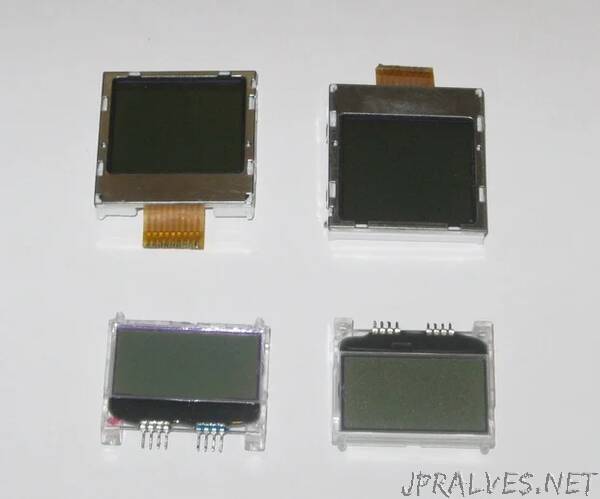
“I started in electronics before the advent of the internet and most solid state components, so getting datasheets and schematics was not easy for me. Today with manufactures making custom ICs and LCDs for everything from phones to video games, tinkers that salvage components from old electronics are faced with a new challenge. The schematics and datasheets for custom components are just not available. Even though these components can be obsolete by the time you are salvaging the parts you still can’t get the data sheets. This is where reverse engineering comes to play making schematics and datasheets with pinouts on desired components you can’t get datasheets for.
Now I get a lot of electronics out of the waist bin that work, so when you see a component you like don’t just take the component out of the circuit board and expect to find a datasheet for it, sometimes that works and many times it doesn’t. Find out if it works first.
When I wrote my Instructable Salvaging Liquid Crystal Displays, I was asked about pinouts of LCDs.
https://www.instructables.com/id/Salvaging-Liquid-Crystal-Displays-LCDs/
Many of my replies to these requests for pinouts were to tell them to follow my Instructable Reverse Engineering.
https://www.instructables.com/id/Reverse-Engineering-1/
That Instructable works for displays if you can look up the other components on the circuit board, this Instructable is about finding the pinouts when you can’t look up the key components or can’t find the datasheets.
This Instructable will not teach you the codes that make a component work; nor will it teach you how to get past one time programmable ICs or locked ICs. It will teach you how to find some if not all the functions of a components pinouts.”
